NFTs are here to stay and will grow from ‘just a pretty picture’ to useful everyday applications connecting the physical world to the new web3 universe. The term increasingly common for this is “Phygital” – a symbiosis of physical with digital.
“I envision a world where almost everything in the physical world has a digital twin NFT or token. Every part of a product such as a car, electronics, bicycle, kitchen, watch is irrefutably registered ex-factory as an NFT and therefore traceable, unfalsifiable, easily replaceable and responsibly recyclable. Artists and performers can get their work directly to any superfan worldwide as NFT, thus building loyalty. Fashion, retail and almost all types of brands can build a reward system that users can manage themselves based on the NFTs they own, providing a better customer experience. In short, a phygital bridge between an IRL (in real life) physical object and its digital twin NFT offers unprecedented new possibilities. But the NFT gains real value only when its possession is in my name and that it also provides utility. “
The utility of an NFT
Adding utility to the digital twin NFT allows not only the physical product, but especially its NFT, to soar to new heights and create additional value for its owner. Simply put, utility refers to the additional benefits or services an NFT holder can receive beyond owning the physical product and the NFT. But adding utility to the NFT is much more than that. NFT utility is the key to unlocking the full potential of NFTs. It is the X-factor that turns an ordinary NFT into a truly valuable and desirable NFT. While owning the NFT in itself is exciting for many people, adding utility to an NFT takes it to a whole new level. It allows NFT creators to offer their buyers something unique and valuable, making their NFTs stand out in a crowded marketplace.
“By adding utility to NFTs, you can create a sense of exclusivity and community among owners. Think of it as being part of an exclusive club with members. Utility can also encourage buyers to hold onto their NFTs longer. Moreover, it opens doors to new markets, audiences and additional revenue streams for creators.”
Adding NFT utility
Utilities you can add to an NFT include exclusive access to new drops, great merchandise, physical in-store experiences or 1-on-1 meetings with creators. By adding utility, you can transform an NFT from a “pretty picture” to a highly desirable and valuable product! NFTs with utility not only allow you to show off in the digital world, more importantly they serve as a digital passport that gives you access to connected experiences, it gives you proof of purchase, authenticity and ownership.
The NFTs you own are personalized proof for a whole range of products and experiences, both online and offline. It still sounds like something of a distant future, but it’s closer than we think, and creative solutions are emerging all the time.
Here are some recent IRL phygital use cases for luxury goods:
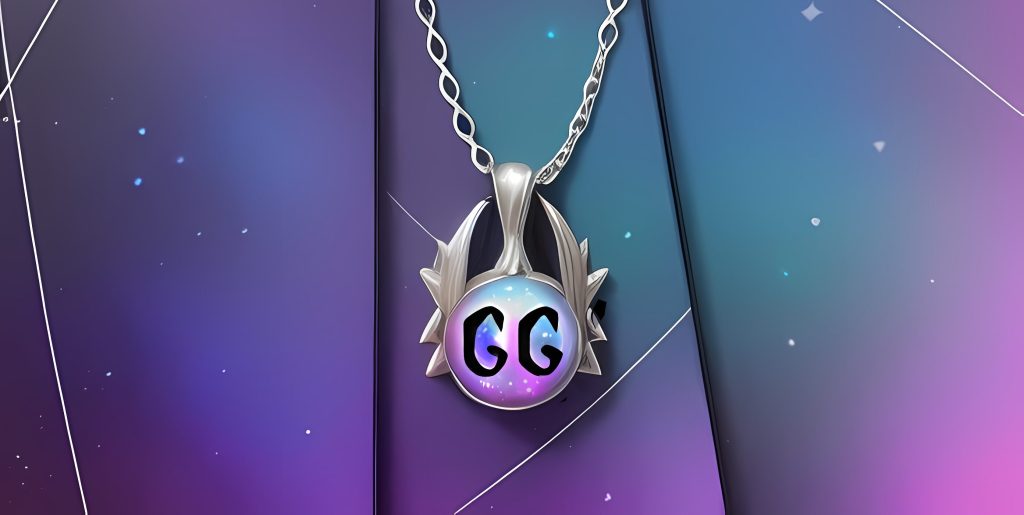
GUCCI
Italian luxury fashion house Gucci has entered into a long-term partnership with Yuga Labs. Gucci is officially entering the BAYC Metaverse, Otherside. To celebrate this debut, it is launching a Phygital Gucci pendant, a “KodaPendant” that is an Otherside relic. The KodaPendant is limited to 3,333 copies and can be purchased for 450 APE (Apecoin) by Koda or Vessel NFT holders. Buyers will have a pendant character feature permanently added to their NFTs after purchase. Once the digital version is purchased, the physical pendant will be available to claim from Gucci later this summer at no additional cost.
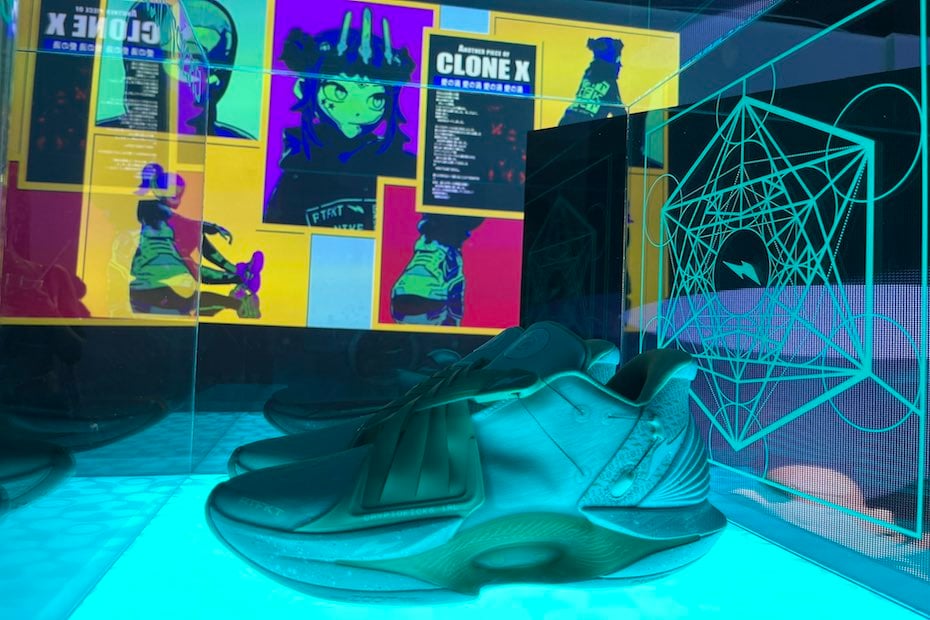
NIKE
Previously, Nike acquired NFT studio RTFKT (pronounced “artifact”). Nike, now powered by RTFKT, has released apparel that is digital and can be “minted” into the physical item, such as their Clone X collection or even their latest Cryptokicks IRL collection that features “auto-lacing, enhanced lighting, haptic feedback, gesture control, walk detection, App connectivity, AI/ML algorithms and wireless charging via the RTFKT Powerdeck. Nike is in a sense selling to new users (anyone can buy an IRL sneaker), but another model is “upselling” to an existing audience. To illustrate: Nike made $185M selling NFTs, which is the real deal!
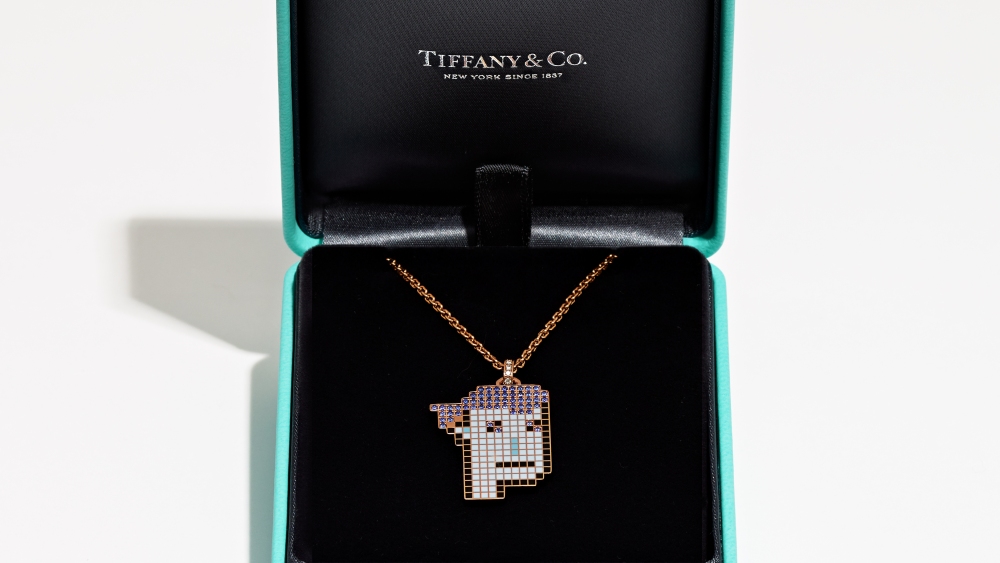
TIFFANY
Tiffany, the jewelry company, is selling 250 NFTs (which they call “NFTiff”) of physical gem-encrusted pendants that resemble existing Cryptopunks. “Punks” – despite their simple imagery – are an elite, NFT community: only existing Punks holders are eligible to mine an NFTiff, at 30 ETH ($50,000 currently)…and those are already sold out (AKA $12.5M). In addition to the physical pendant, which will contain 30 gems and diamonds, holders will receive an accompanying digital twin NFT (independent of the Punk they already own).
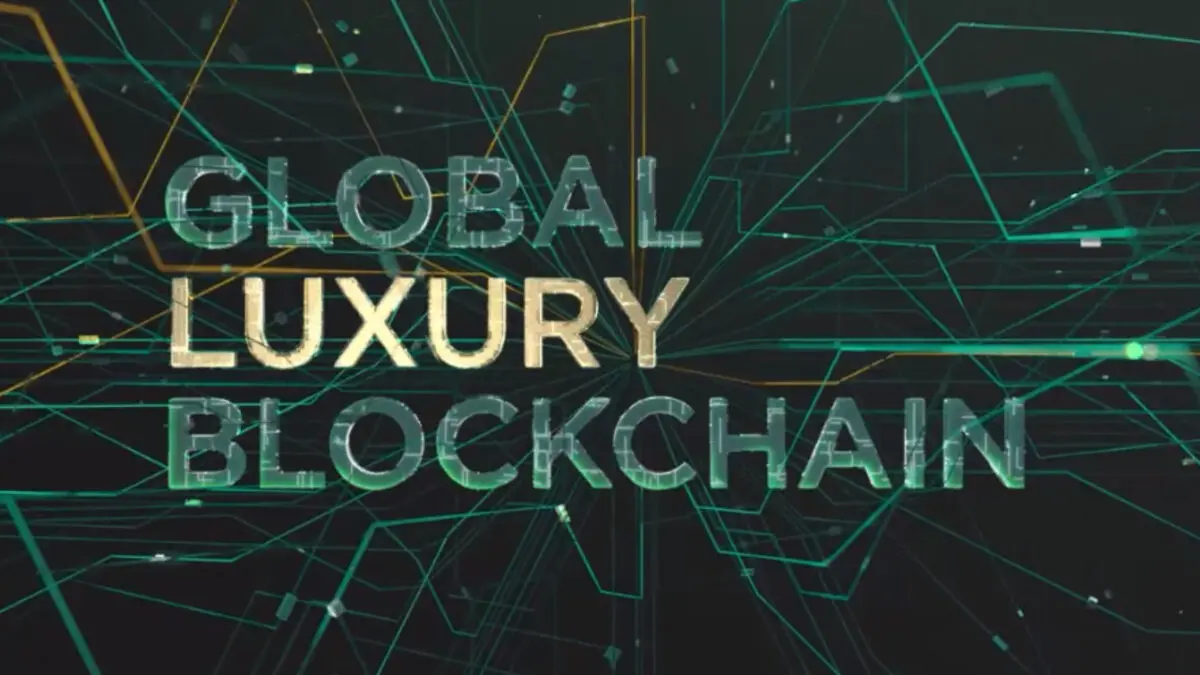
LVHM, Mercedes, Prada and the AURA standard
These use cases are interesting because of the on-chain capture of authenticity and provenance. An immutable, distributed, public ledger (aka a blockchain) is at least good for one thing – housing verified info. This means that as a buyer, you can see the entire history of a product (Provenance), from the factory to you. This is why LVMH, Mercedes Benz, Prada and others luxury brands launched the Aura blockchain consortium with the goal of uniting luxury brands under one standard for traceability. In short, a standard for products with a chip and an associated NFT.
“What is different about this is that the embedded chips link the physical goods to the NFT. With this, producers, collectors and publishers alike have incentive to keep track of the NFT record and thus circulate the NFTs when the collectibles are traded on the secondary market.
For customers, the experience for obtaining an NFT becomes simple. You just need to scan the embedded tag and the secret code of the physical item to get the NFT in your personal wallet.”
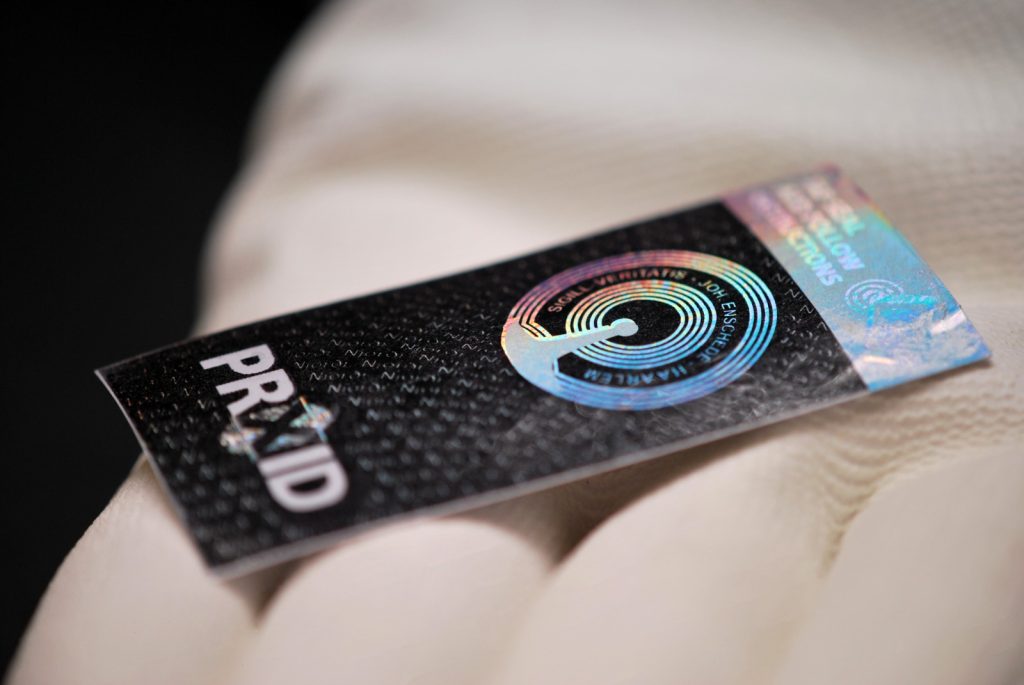
Phygital advantages
Embedded tags to the Digital twin NFTs offer strong anti-counterfeiting properties
Embedding a tag that links the physical good to the NFT allows sellers to be sure they are buying the genuine article, with a digital chain of custody that traces ownership back to its origin. The prerequisite is that the chip must be built in irremovably to prevent counterfeiting. Recent Use Cases with Champagne, Vinyl, Whisky and Postal Stamps with embedded NFC chips, have been proven very successful!
The NFTs in my possession are linked to a verified identity
What is possession of an NFT worth if your ownership cannot be proven or traced in the event of fraud? You especially want the NFT of valuable collectibles and luxury goods registered in your name.
With the rise of on-chain Self Sovereign Identity (SSI) and through the use of Zero knowledge proofs (ZKP), your on-chain transactions are anonymous, but in the case of fraud, the associated wallet with the verified identity can be traced with a court order. Companies and governments will increasingly use such an on-chain traceable verified identity and even require it to prevent fraud. By adding verified credentials to your SSI wallet, you can not only prove who you are online when asked, but also share work experience, education and memberships and manage reservations, bookings, tickets, policies and deeds.
NFTs strengthen the brand-consumer relationship
Thanks to NFTs, brands know who their audience is and can connect 1-on-1 with their customers. They can therefore prioritize repeat customers through merchandise and with content drops, for example. The NFT also opens a communication channel from the seller to the buyer for promotions, support or payments (both ways), for example. And once these relationships are established, so-called token-gated experiences, digital or analog, are easy to implement.
NFTs offer better auction models
In traditional auctions, you have to deal with bots, scalpers, long queues, etc. This is a problem for both seller and buyer because it means that prices in the primary market are X, while prices in the secondary market can be 100X. In NFT auctions, prices are in real time, rules can be formalized, and whitelists (who can buy) are fair and transparent. Since payments can be made in both “FIAT” and “crypto,” issuers do not have to deal with chargebacks, sales are global and are not hindered by payment system restrictions.
Let’s get Phygital!
Why? Because the “digital twin” or “phygital” model will significantly surpass existing consumer experiences, and I expect that this will accelerate the march of NFTs to the general public. The possibilities are endless. By linking utility and a traceable verified identity to an NFT, you can create a more secure, valuable and attractive object for potential buyers and thereby build loyalty. As the market evolves, the virtual applications for NFTs in our daily lives will only increase, so get started today!
0 Comments